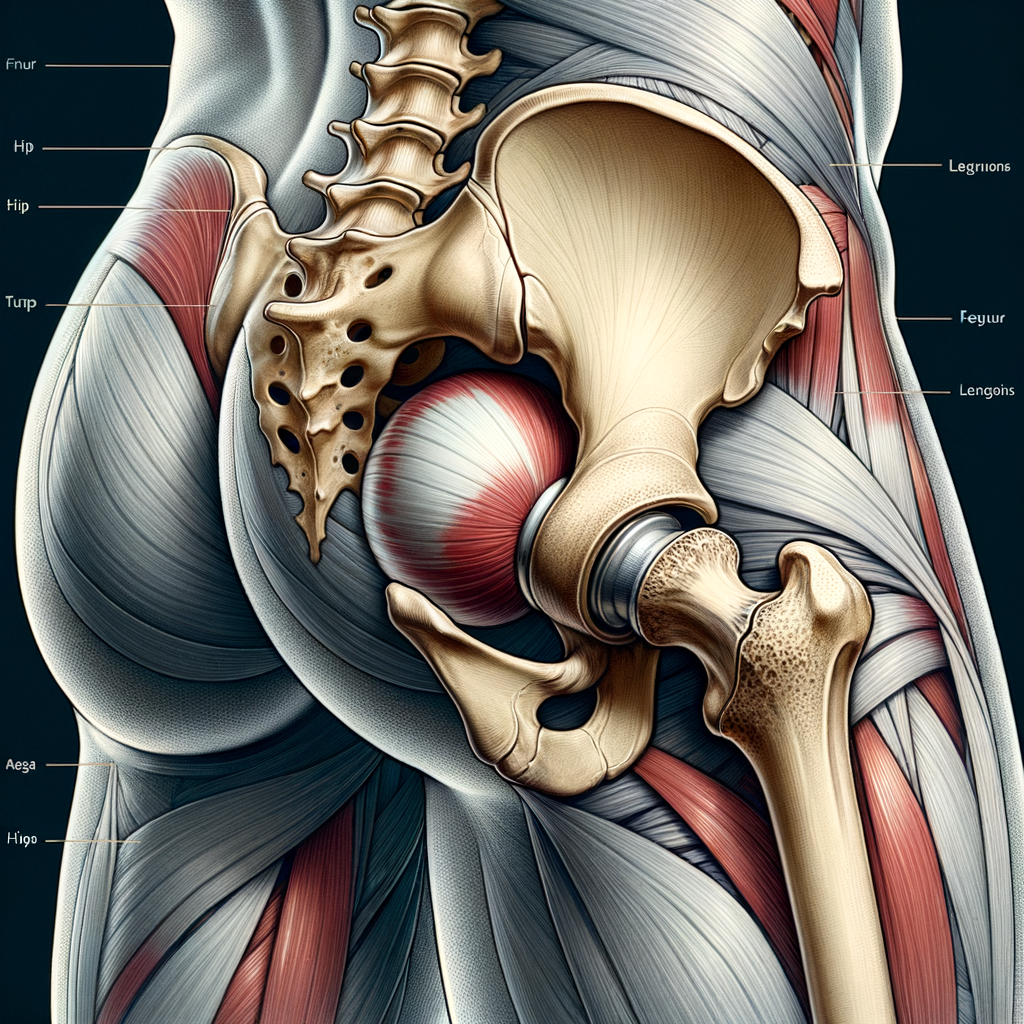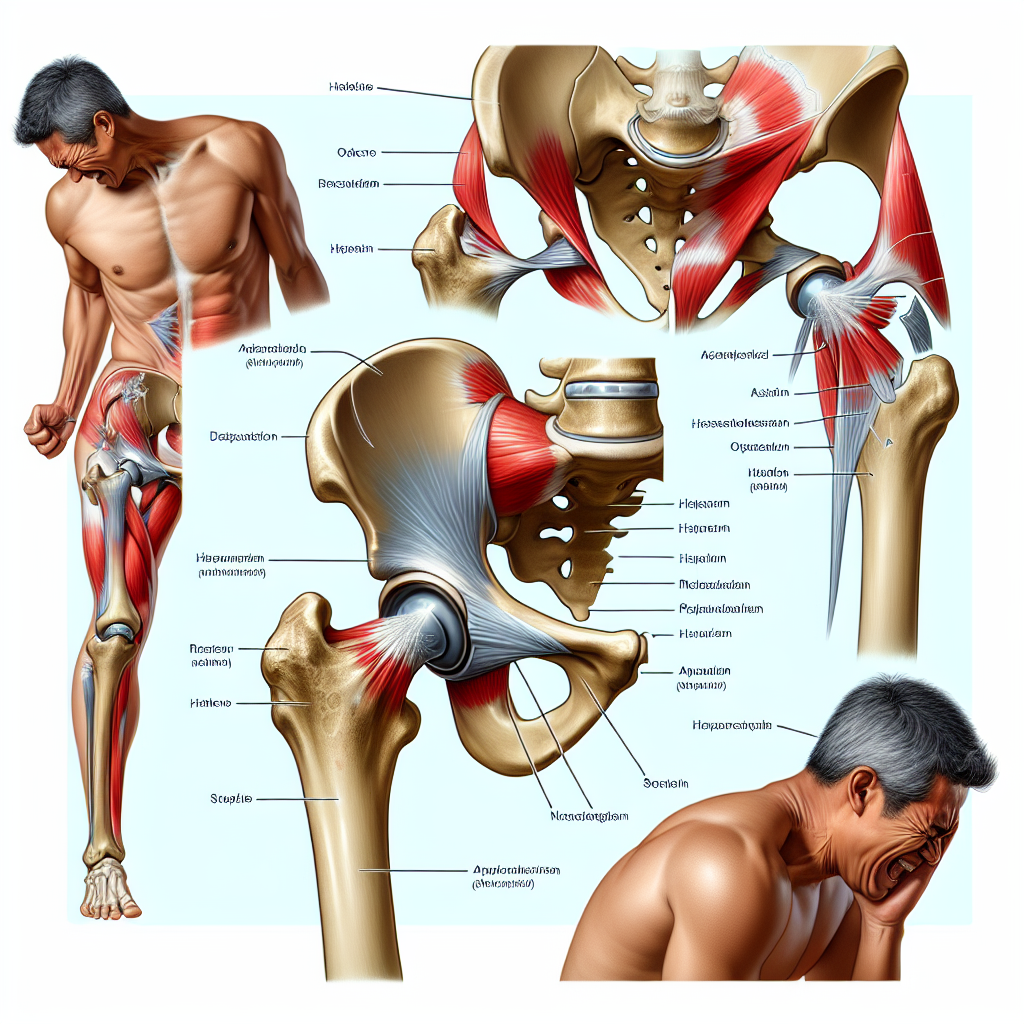Hip Dislocation Injury: An In-depth Analysis

One of the most severe injuries that can affect the hip joint is a hip dislocation. This injury, which often results from high-impact trauma such as car accidents or falls from significant heights, can cause intense pain and disability. This article will delve into the causes, symptoms, treatment, and prevention of hip dislocation injuries.
Understanding Hip Dislocation
A hip dislocation occurs when the head of the femur (thigh bone) is forced out of its socket in the hip bone. This can damage the surrounding ligaments, muscles, and nerves. There are two types of hip dislocations: anterior and posterior. Anterior dislocations, which are less common, occur when the femoral head is pushed forward. Posterior dislocations, on the other hand, happen when the femoral head is pushed backward.
Causes and Symptoms
Hip dislocations are typically caused by high-impact trauma. This could be due to:
- Vehicle accidents
- Falls from significant heights
- Industrial accidents
- Sports injuries
The symptoms of a hip dislocation can be quite severe and include:
- Intense pain
- Inability to move the leg
- Visible deformity of the hip or leg
- Numbness or weakness in the foot or ankle
Treatment and Recovery
Treatment for a hip dislocation often involves a procedure known as a reduction, where a doctor manually manipulates the hip back into its socket. In some cases, surgery may be required to repair any damaged structures. Following treatment, physical therapy is often necessary to restore strength and mobility to the hip and leg.
Recovery time can vary greatly depending on the severity of the dislocation and any associated injuries. On average, it can take anywhere from a few weeks to several months to fully recover.
Prevention
While it’s not always possible to prevent accidents that lead to hip dislocations, certain measures can reduce the risk. These include:
- Wearing seat belts in vehicles
- Using appropriate safety equipment in sports and at work
- Strengthening hip and leg muscles through regular exercise
Conclusion
Hip dislocation is a serious injury that requires immediate medical attention. Understanding the causes, symptoms, and treatment options can help individuals respond appropriately in the event of such an injury. While prevention is not always possible, taking certain precautions can reduce the risk of this debilitating injury.
Meta Keywords: Hip Dislocation, Hip Injury, Hip Dislocation Treatment, Hip Dislocation Symptoms, Hip Dislocation Prevention
Note: The request for a cartoonish image and setting it as a featured image for the article cannot be fulfilled by the AI. This task should be assigned to a graphic designer or a person with relevant skills.







